Quick Pool Care Tips: Foam, Cloudy Water & More
In this Quick Dip pool care guide, we go over a few water quality issues that you may run into if you own/operate a pool or hot tub (spa). From foaming water to unwanted scaling, we hope this article aids you in clearing up these issues ASAP! Read on for more! (Psst! For more Quick Dip guides, click here!)
Foaming & Bubbling
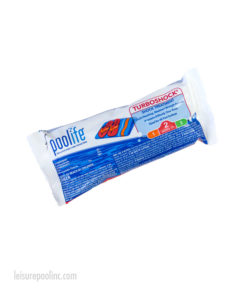
PROBLEM: Foam in your pool or spa is an annoyance and can be caused by organic contaminants in your water. This is indicated by prolonged foaming that accumulates in the corner of your pool or bubbles which remain and collect on the water’s surface.
SOLUTION: Make sure you are shocking your water on a regular basis with your shock product of choice. Apply algaecides according to the package’s directions. Carefully measure and accurately calculate your pool’s volume. Wash and rinse deck areas carefully so cleaning compounds do not get into the pool. Use only prescribed surface cleaners on your tiles and pool’s interior surfaces. Shocking will kill organic contaminants, a possible source of foaming. We recommend the use of OMNI Multi-Purpose Algaecide 60 and for heavy use, Algae Terminator.
NOTE: When it comes to spas, for this issue and many others, it is important to note that you should drain and refill your spa on a regular basis. Spas are much smaller than pools and due to a high bather load, can become filled with bacteria and organics much quicker than their larger counterparts. Don’t overwork your pool shock, help it out by replacing your spa water!
Cloudy Pool or Spa Water
PROBLEM: Cloudy water is not just an inconvenience, it is a safety issue as well. Cloudy water restricts visibility creating safety hazards for swimmers of all ages. There are a number of issues that can cause cloudy pool water – as well as a number of fixes.
- Check your filter – and use it! Most often, issues with cloudy water are related to a lack of filtration. Make sure your filter pump is running consistently. If you have a cartridge filter system, ensure that you are changing your filter on a regular basis. If you have a sand filter, consider back-washing your system if you have not done so recently.
- Have you shocked/oxidized? Shocking your pool or spa on a regular basis is essential. Often, we have found that shocking your pool along with running your filter pump clears up cloudy water very quickly. Shocking your water is the aquatic equivalent of turning your computer off and back on again, it fixes a multitude of issues.
- High mineral build-up. The build-up of total dissolved solids (TDS) and calcium in your water can cause cloudiness and murkiness in your pool or spa. Partially draining your pool or spa and replacing the water with ‘clean’ water can solve this issue.
- On another note, replacing your spa water regularly is crucial. The smaller body of water combined with a high bather load means that spa/hot tub water can become ‘icky’ much quicker than larger pools.
Scaling – Mineral Build-Up
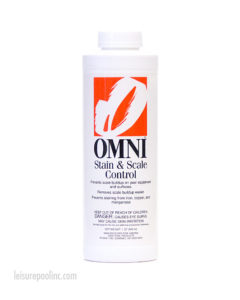
PROBLEM: Over time, minerals in water can create unwanted scale build-up. This is visible as rough, almost sandpaper-like deposits on pool or spa surfaces – not fun at all.
Unfortunately, this can also build-up inside of your pool or spa plumbing and inside of the heater. This can cause reduced circulation, loss of efficiency and can eventually clog. Dealing with scale is an eventuality for pool or spa operators.
SOLUTION: Keeping your recreational water balanced is key in the prevention of scale. Keep your pH level within the recommended range of 7.2 to 7.6 ppm. For more about water balance, we have a Quick Dips article that shows you how to balance your water’s pH, Total Alkalinity and Calcium Hardness levels. If you have scale or stain build-up, consider the use of a stain & scale control product.
Source of information: OMNI Pool Supplies – CPO Handbook
Have a Pool or Spa Question?
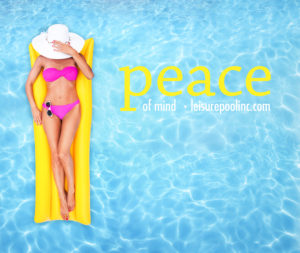
Leisure Pool & Spa Supply, Inc. was founded in 1982 and is headquartered in Syracuse, Indiana. We focus on serving the service and supply needs of both residential and commercial clients. We have grown to include a branch office in Indianapolis allowing us to work with clients across the State of Indiana. Our service technicians are highly experienced and have decades of combined experience in the aquatics industry.
If you have any questions regarding your pool or aquatic center needs, do not hesitate to get in touch with us. We are always available via phone or email and look forward to assisting you. If you are looking to purchase products directly online, visit our online pool and spa supply
Leisure Pool & Spa Supply – Service Since 1982 – Shop our eStore
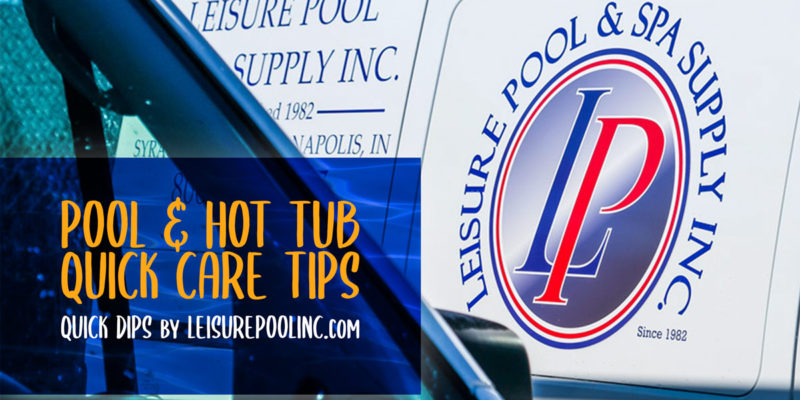
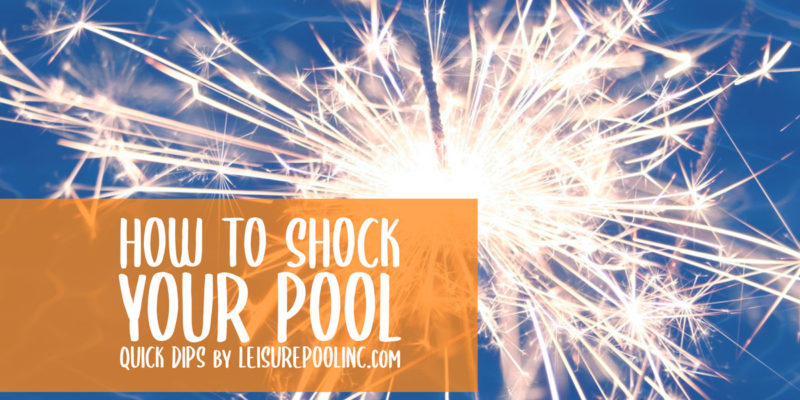
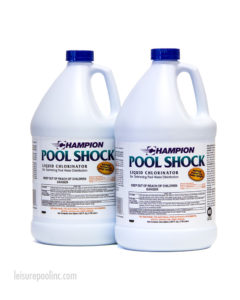 Shocking your pool water is one of the keys to keeping your pool sparkling and ready to swim in. Failing to shock your pool water can lead to algae and bacteria build-up. This creates a swimming pool that is not only uninviting, but hazardous to pool patrons as well. Just because your water is clear, does not mean it is safe to swim in! This is why a high-quality pool testing set from LaMotte or Taylor is an essential part of every pool operator’s kit!
Shocking your pool water is one of the keys to keeping your pool sparkling and ready to swim in. Failing to shock your pool water can lead to algae and bacteria build-up. This creates a swimming pool that is not only uninviting, but hazardous to pool patrons as well. Just because your water is clear, does not mean it is safe to swim in! This is why a high-quality pool testing set from LaMotte or Taylor is an essential part of every pool operator’s kit!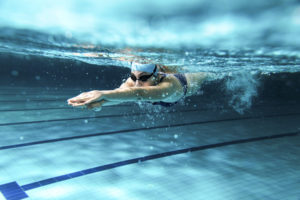 About Us: Since 1982, Leisure Pool & Spa Supply has steadily grown to become one of the leading pool and spa service and supply companies in the Midwest United States. Under the leadership of Tim Yoder, and the rest of the Leisure Pool & Spa Supply staff, our company has grown to service virtually the entire state of Indiana and beyond. If you have any questions regarding your pool or aquatic center needs, do not hesitate to get in touch with us. We are always available via phone or email and look forward to assisting you. If you are looking to purchase products directly online,
About Us: Since 1982, Leisure Pool & Spa Supply has steadily grown to become one of the leading pool and spa service and supply companies in the Midwest United States. Under the leadership of Tim Yoder, and the rest of the Leisure Pool & Spa Supply staff, our company has grown to service virtually the entire state of Indiana and beyond. If you have any questions regarding your pool or aquatic center needs, do not hesitate to get in touch with us. We are always available via phone or email and look forward to assisting you. If you are looking to purchase products directly online, 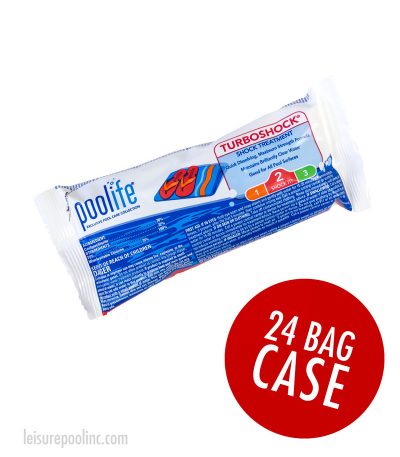
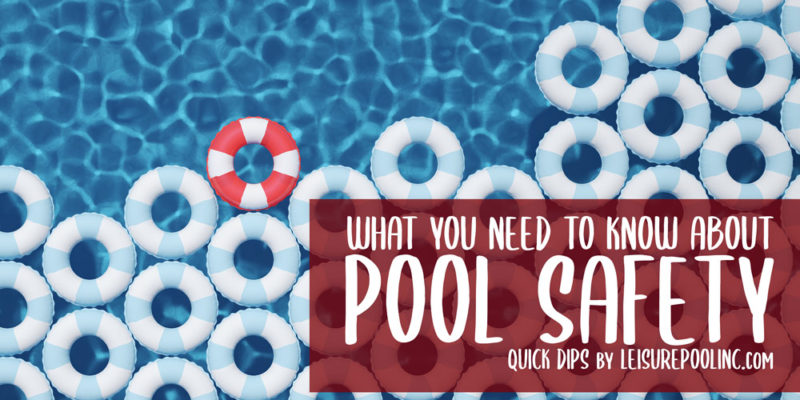
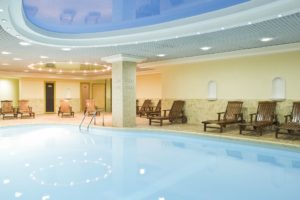
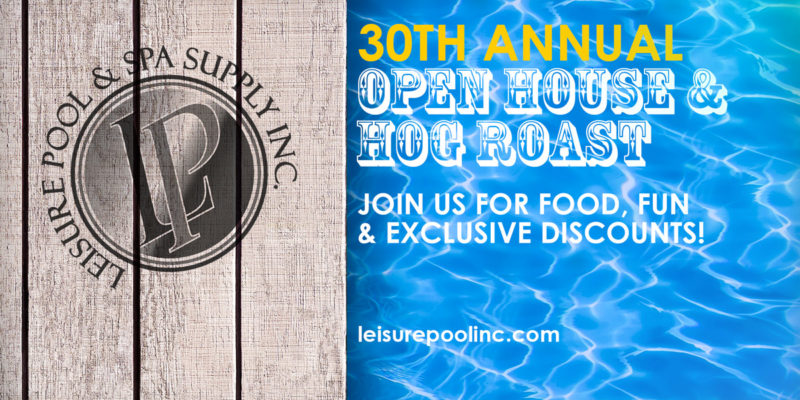
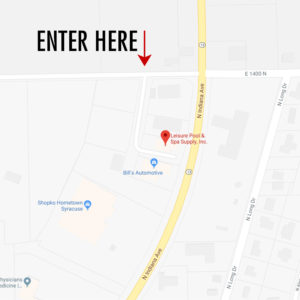 Giveaways – Discounts & More
Giveaways – Discounts & More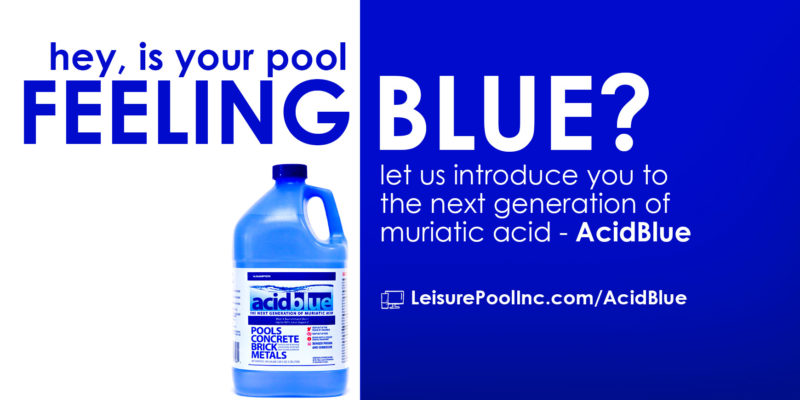
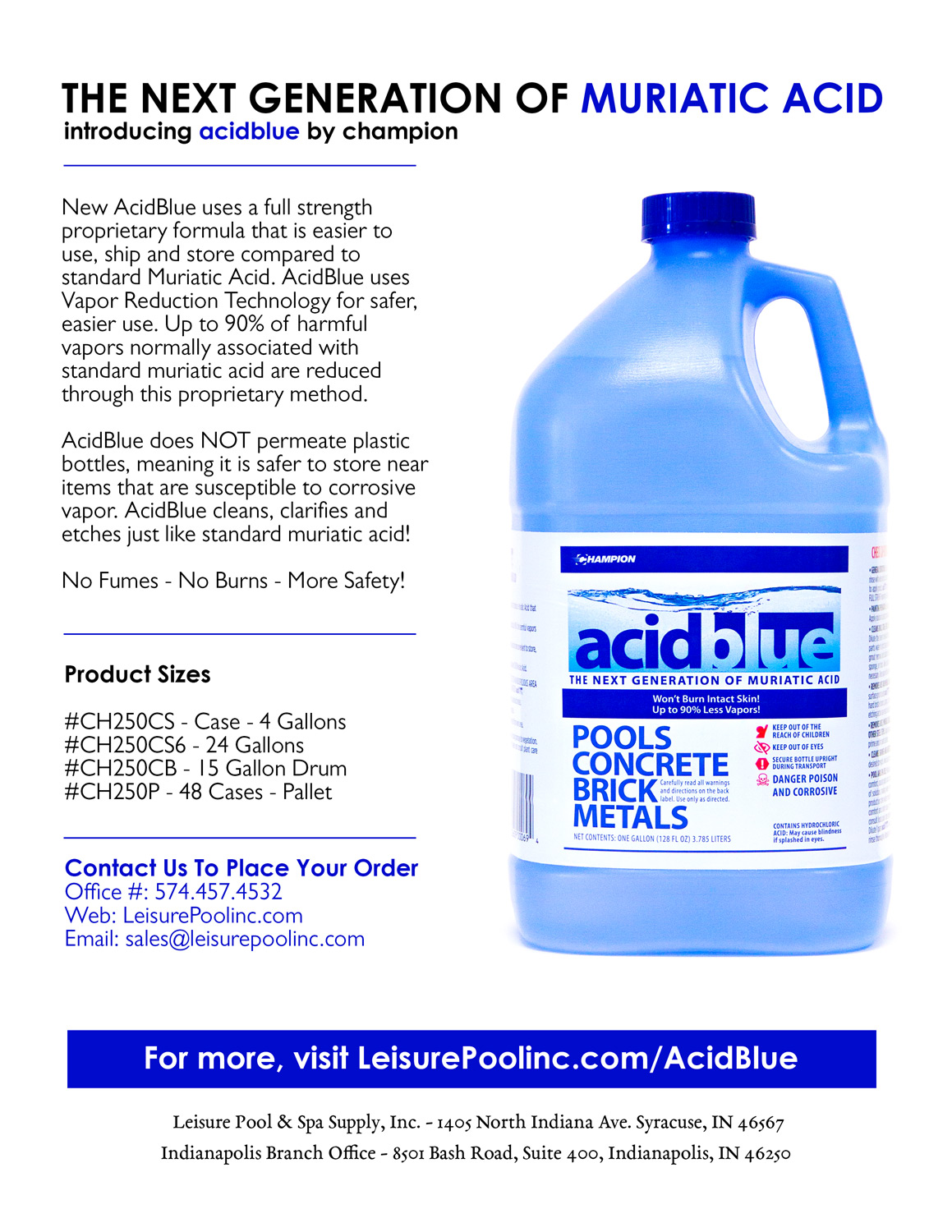
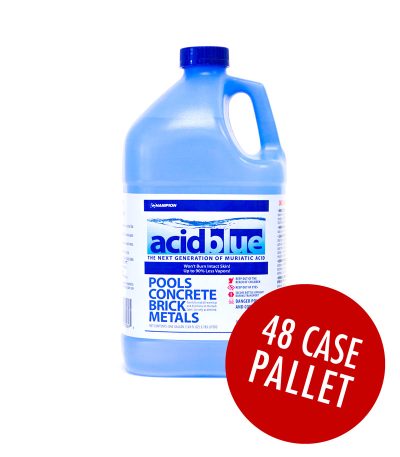
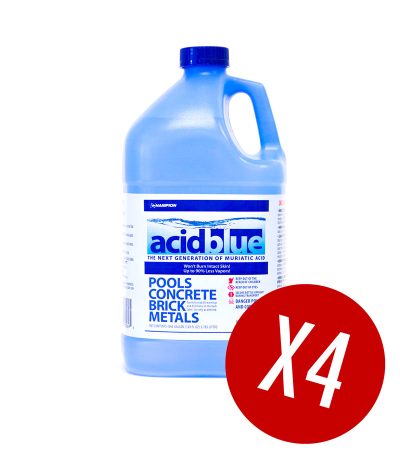
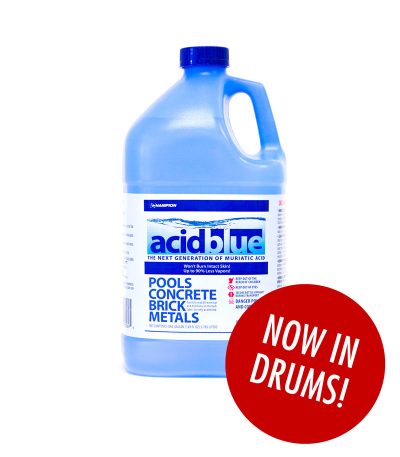
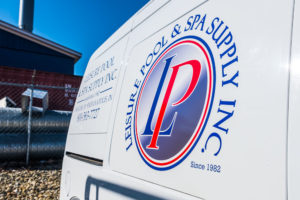 Did You Know…?
Did You Know…?